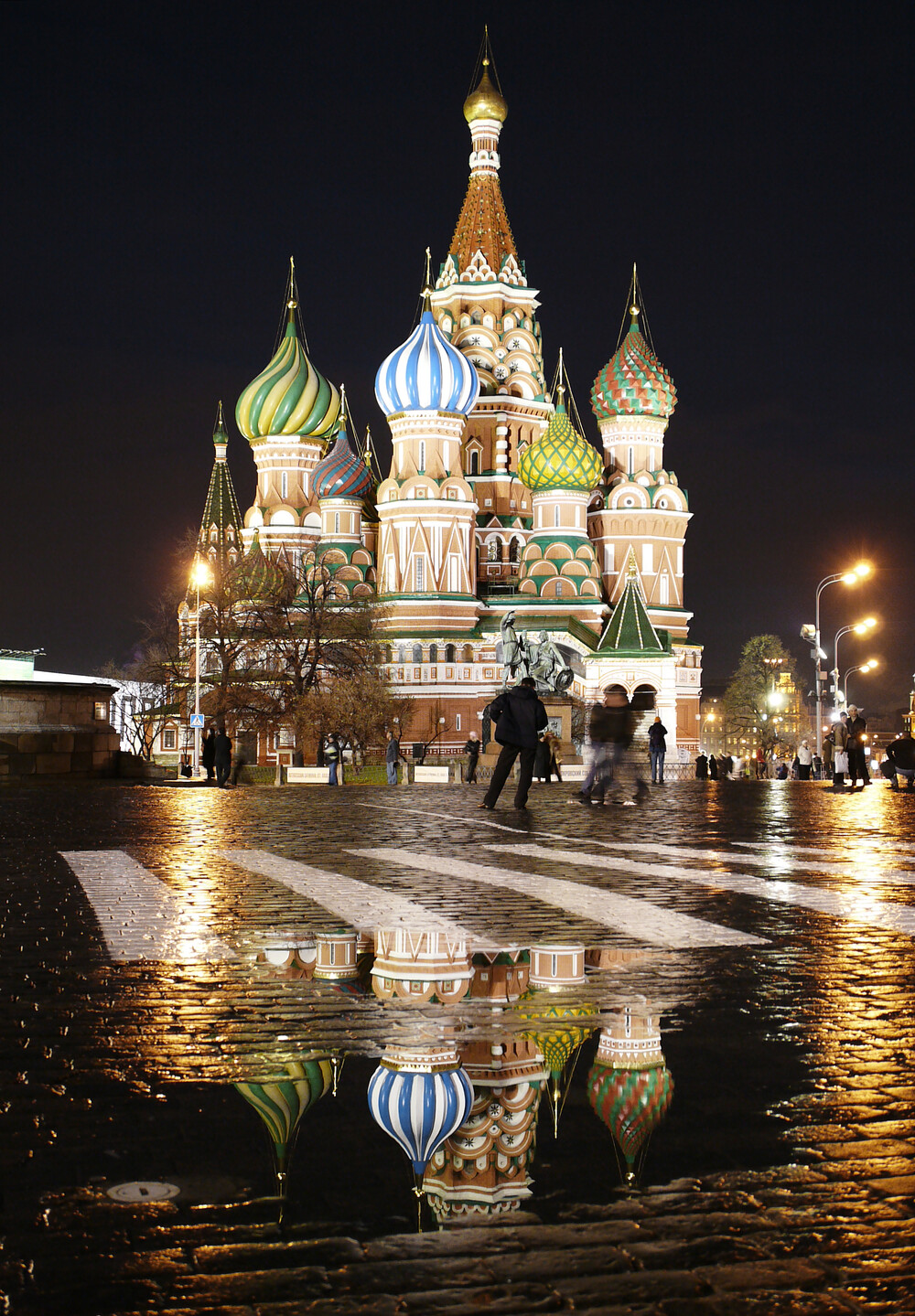Origins
The Moscow Kremlin is much more than just a fortress: it's a living witness to Russian history. Its imposing walls and iconic buildings, such as the Palace of Armor and Annunciation Cathedral, tell the story of Russia's evolution through the centuries. Home to the great princes, tsars and later Soviet leaders, the Kremlin symbolizes both the country's power and its cultural heritage.

During the Middle Ages, the Kremlin was the political and spiritual heart of Russia. Founded in the 12th century, it was fortified and enlarged several times to meet the strategic needs of Moscow's great princes. The frescoed cathedrals and sumptuous palaces that remain today bear witness to the influence of Russian Orthodoxy and the centralized power that was emerging.
Under the Tsars, the Kremlin became the center of sumptuous ceremonies. Ivan the Terrible, who was crowned here, contributed to its expansion, as did his successors. The architectural style evolved with Italian influences introduced by foreign architects. These changes resulted in a unique blend of Russian tradition and European design, still visible today.
During the Soviet era, the Kremlin became the seat of Communist power. The tumultuous history of this era has left visible traces in the complex. After the fall of the Soviet Union, it was restored and once again became a national symbol, attracting millions of visitors every year.
Today, the Kremlin is a UNESCO World Heritage Site. Visitors can explore its museums, treasures and architectural gems, which reflect the many facets of Russian history. Whether to admire the golden domes of the cathedrals or to discover the legends associated with its walls, the Kremlin is a must-see.